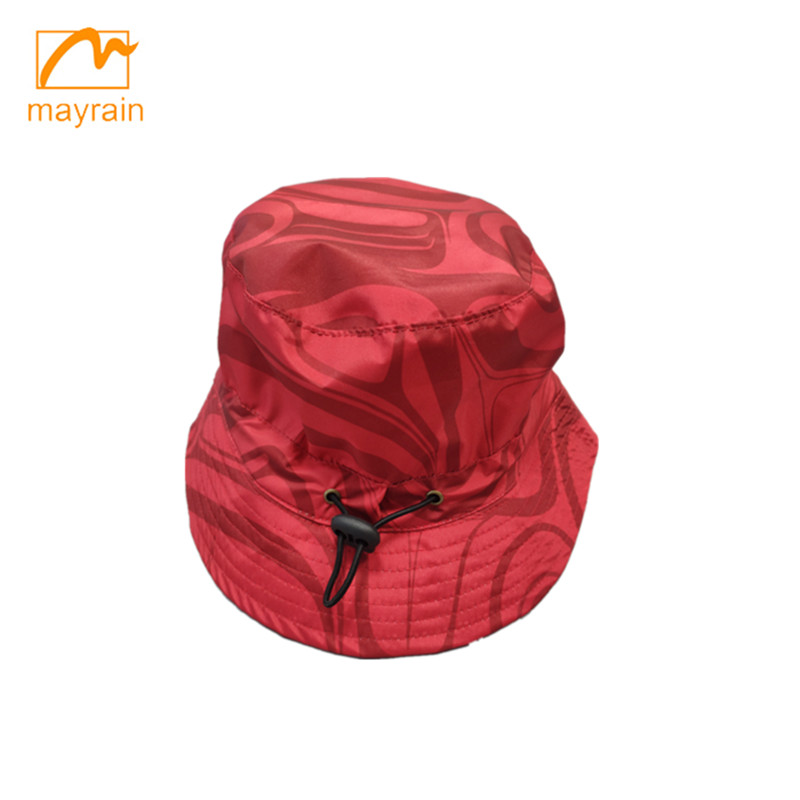 rainwears@163.com may@may-rain.com
rainwears@163.com may@may-rain.com Mon to Friday: 8.00 am - 7.00 pm
Mon to Friday: 8.00 am - 7.00 pm
Affordable Polyethylene Disposable Gloves for Various Uses and Personal Protection
The Rise of Disposable Poly Gloves A Comprehensive Overview
In recent years, the demand for disposable gloves has surged, particularly in industries such as healthcare, food service, and sanitation. Among the various types of disposable gloves available, poly gloves have gained significant popularity due to their affordability, convenience, and versatility. This article will explore the advantages of poly gloves, their applications, and their impact on hygiene and safety standards in various sectors.
What are Poly Gloves?
Poly gloves, often referred to as polyethylene gloves, are made from low-density polyethylene (LDPE), a type of plastic that is a staple in the production of disposable items. Unlike nitrile or latex gloves, which are designed primarily for medical applications, poly gloves are lightweight and generally offer a looser fit. They are most often used in situations where high levels of protection are not required but where basic hygiene is essential.
The Advantages of Poly Gloves
1. Cost-Effectiveness One of the most significant advantages of poly gloves is their low cost. They are far cheaper to produce compared to latex or nitrile gloves, making them an excellent choice for high-volume settings such as food service operations where gloves are frequently changed.
2. Easy to Use The design of poly gloves makes them easy to don and doff. Their loose fit allows for quick changes between tasks, which is particularly beneficial in fast-paced environments. This ease of use encourages frequent glove changes, thus enhancing hygiene.
3. Chemical Resistance While poly gloves do not offer the same level of chemical resistance as nitrile gloves, they provide sufficient barrier protection for tasks involving non-hazardous materials, such as food preparation and light cleaning duties.
4. Reduced Allergies Latex allergies are a notable concern in many industries, particularly healthcare. Poly gloves provide a suitable alternative for individuals who may have sensitivities to latex, promoting a safer work environment.
poly gloves disposable

5. Variety of Sizes and Styles Poly gloves come in various sizes to accommodate different hand shapes and preferences. Additionally, they are available in various styles, including embossed options that enhance grip and reduce slippage during use.
Applications of Poly Gloves
1. Food Service Poly gloves are widely used in the food industry for handling food items, packaging, and serving. They serve as a barrier between the hands and food, reducing the risk of contamination and complying with health regulations.
2. Cleaning and Sanitation In cleaning services, poly gloves offer protection from mild detergents and disinfectants, making them ideal for short-duration tasks. Workers can quickly switch gloves after each task to maintain hygiene.
3. Healthcare Settings While not suitable for surgical procedures, poly gloves are often used in non-invasive healthcare situations, such as taking vital signs or managing basic patient care tasks where the risk of exposure to blood or bodily fluids is minimal.
4. Manufacturing and Packing In manufacturing facilities, poly gloves provide a handy solution for workers handling products in packaging or assembly processes. They protect against minor contaminants while allowing for dexterity.
Conclusion
As the world continues to prioritize hygiene and safety, the role of disposable gloves, particularly poly gloves, has become increasingly significant across various sectors. The balance between cost, efficiency, and protection makes them an appealing choice for many businesses. However, users must still be aware of their limitations, particularly regarding chemical resistance and durability.
In an era where hygiene is paramount, the adoption of poly gloves offers a pragmatic solution that can significantly improve cleanliness and safety standards in a variety of environments. Whether it's in a bustling restaurant, a hospital, or a cleaning crew, the effectiveness of poly gloves in promoting sanitary practices cannot be overstated. As the industry evolves, it is likely that innovations in materials and design will continue to enhance the efficacy and usability of disposable gloves, ensuring they remain a vital tool in promoting public health and safety.
-
Children's Fashion Waterproof Printed Raincoats | Kids Gear
NewsJul.31,2025
-
Silver Printed Women’s Jacket – Stylish, Lightweight & Trendy Outerwear
NewsJul.30,2025
-
Fashionable Design Long Raincoat Rain Poncho Waterproof Polyester
NewsJul.30,2025
-
High Lighting Reflective Rain Jacket Windbreaker Safety Jacket for Adult
NewsJul.29,2025
-
Disposable PE Rain Poncho - Lightweight, Waterproof, Easy to Carry
NewsJul.29,2025
-
Stylish Lady Coat Women Jacket – Trendy & Elegant Outerwear
NewsJul.29,2025































